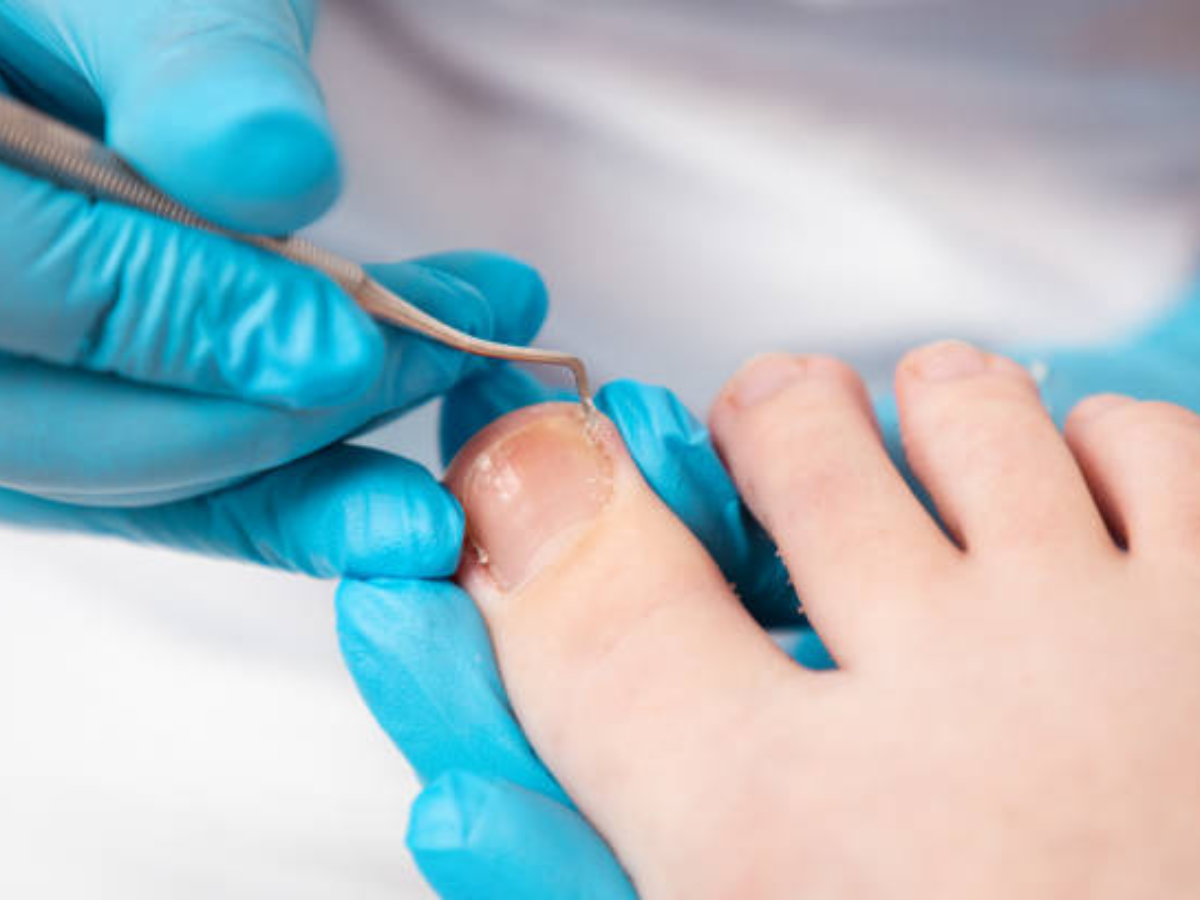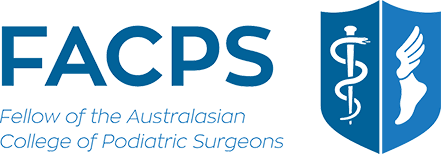It's nearly Foot Health Week!
Don’t let this be your Achilles heel
Pete and his dear wife Noreen are super excited to be heading over East for the footy finals! Their brood of children are finally off their hands and before the grandies come thick and fast they have decided to splurge a little and see the big game in style. They’re going Premium Economy! Last time they headed over East was in their caravan pre-pandemic, and the constant up and down onto the step into the van caused Pete’s heel to become a pain in the arse.
Pete had been struck down with Achilles tendinopathy, a degenerative condition that affects the Achilles tendon at its weak point. Pete was determined that this not be the end of him. On his return to Perth he promptly went to see his physio who hooked him up with a program of strengthening exercises. While these are super important, and did help some, Pete needed something else….and how was he going to play golf?
Pete heard about Shockwave therapy at Junction Foot and Ankle Group from one of his golf mates who had something called plantar fasciitis. Shockwave had helped his mate, so why not him?
Shockwave therapy accelerates the healing process of degenerative tissue that has stalled in its healing process. It does this by activating the body’s self-healing capabilities. Along with other physiological and biochemical benefits of treatment, Shockwave therapy stimulates new blood flow to the tendon and surrounding tissue, helping to reduce tendon swelling and increase cell activity to undertake the repair process. It works well on Achilles teninopathy, plantar fasciitis and other tendinopathies.
So, Pete began the Shockwave treatment, along with a tailored exercise regimen and modification to his orthotics and footwear. At Pete’s review six weeks later, his pain was 80-90% better and he was walking much more comfortably… just as the golf course was beckoning!



